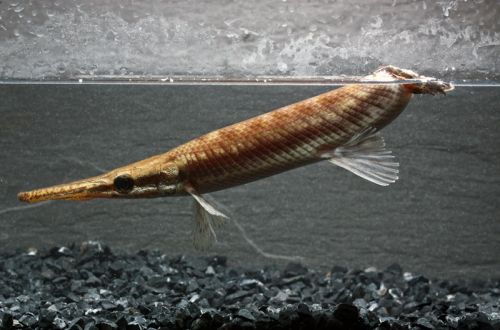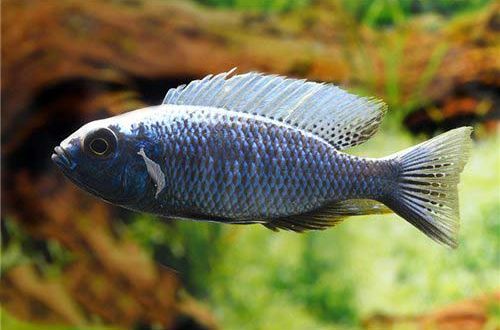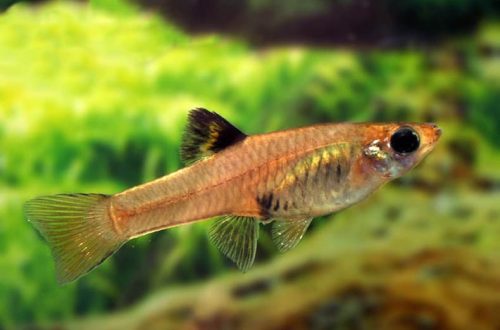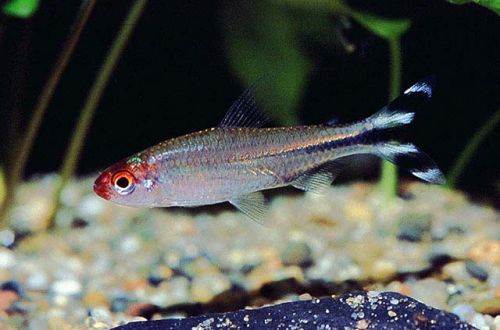
shell
Carapace is the collective name of several closely related species belonging to the Lepisosteidae family. They are considered one of the largest and oldest freshwater fish, preserved almost unchanged from the time of the dinosaurs. Due to their size and unusual appearance, they often become heroes of popular science films and programs from the BBC, National Geographic, Discovery Channel and others.
These fish are unlikely to be kept at home, but they are found in large public aquariums and some wealthy enthusiasts, which is why the Carapace made it to our list of unusual aquarium fish.

Habitat
Widely distributed in the tropical zone of Central and North America. They live in lakes, rivers, swamps, as well as in brackish waters of the Caribbean and the Pacific coast. They prefer regions with a shallow current and numerous shelters. For example, a typical habitat is the swamps of the Mississippi River basin in the United States.
Description
Depending on the species, the sizes of adults differ, sometimes reaching more than 3 meters and weighing more than 150 kg. The body pattern is also different, but in general the fish are gray or brown in color. The shells have an elongated elongated body and fins shifted back, like a pike, but with a very long mouth with sharp cone-shaped teeth. The scales are large, strong and have sharp protrusions – a real armor, which gave the name to this group of fish.
Power supply
Predator, in nature, hunts from ambush, overtaking prey with a sharp acceleration. In aquariums, they are accustomed to not only live food, but also frozen and fresh food. Young fish feed daily, but as they grow older, the intervals between meals increase to 2-3 times a week, which is quite consistent with their regimen in their natural habitat.
Features of the content
Such large fish need significant volumes of water, usually several thousand liters. Aquariums are designed according to the natural features of the habitat of a particular species and are equipped with specialized equipment. In general, they are unpretentious, able to adapt to various water conditions, including brackish ones. If the Carapaces were smaller, they could well become popular aquarium fish.
Breeding in an aquarium is not carried out. For sale, fry are caught from natural reservoirs or grown on fish farms. The Carapaces have one unique way of protecting their offspring – their eggs are poisonous, and therefore inedible.





